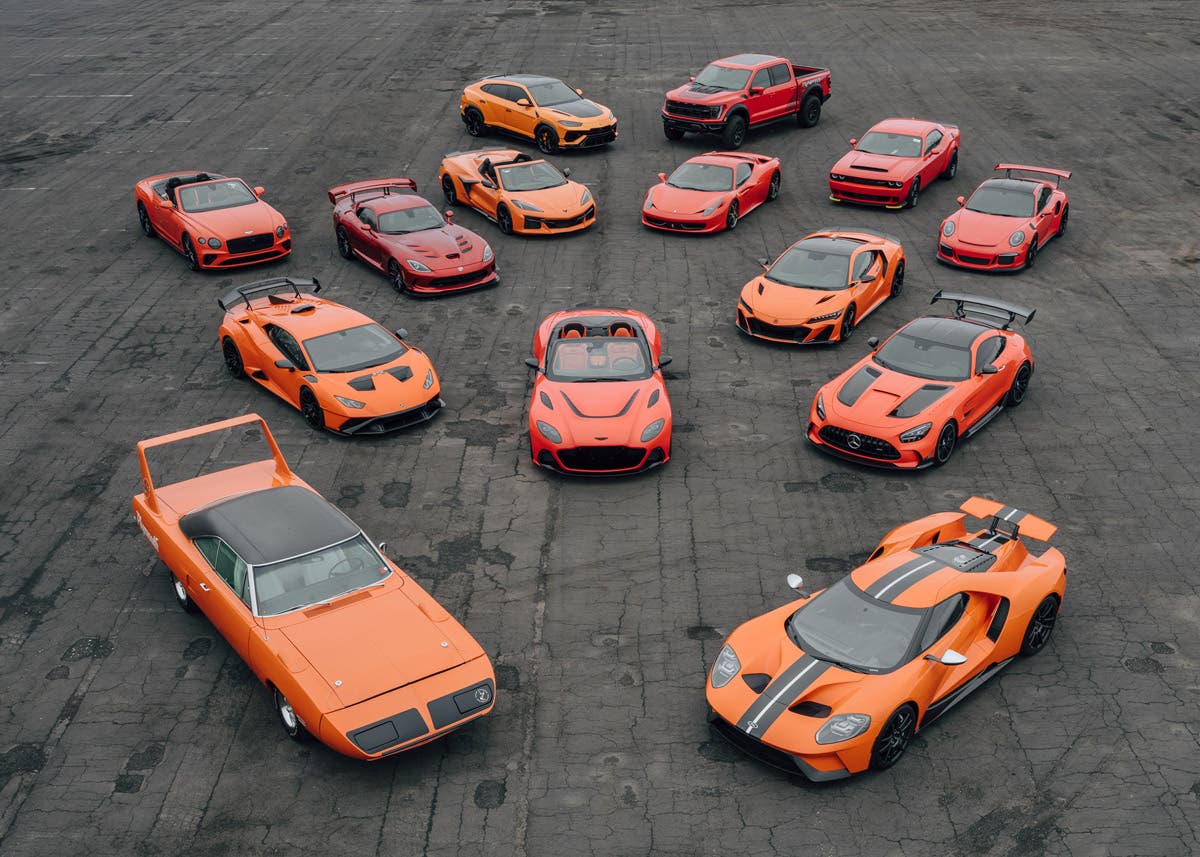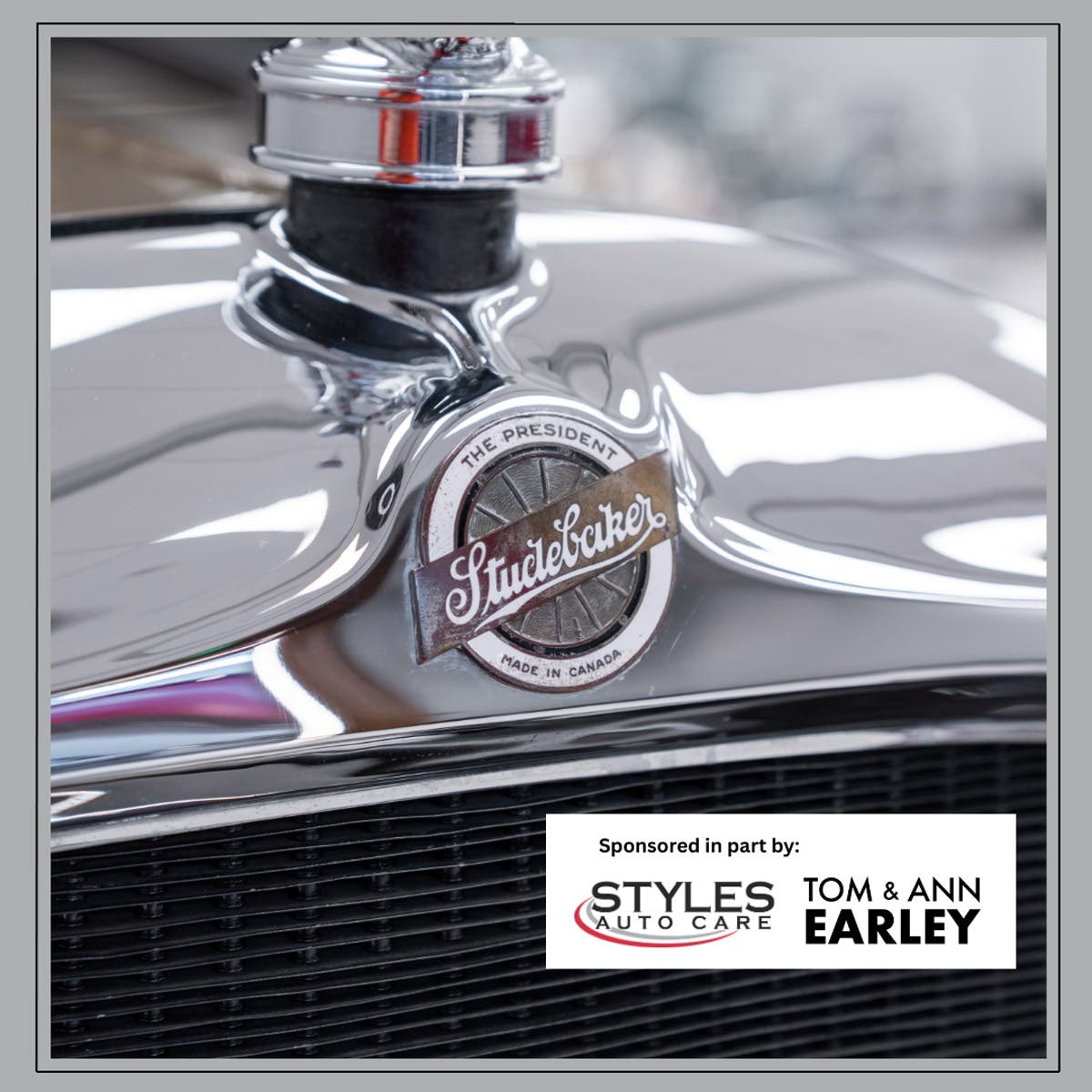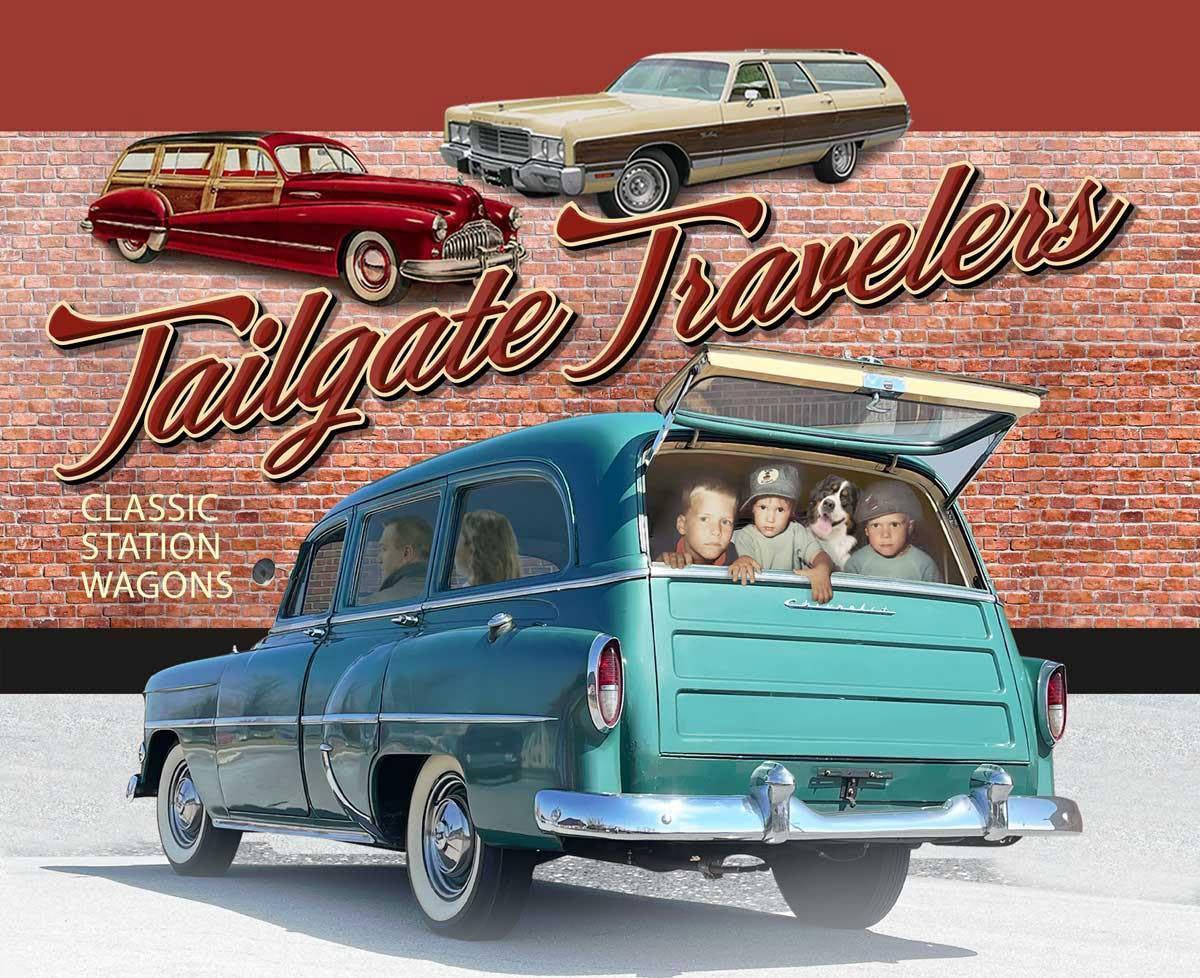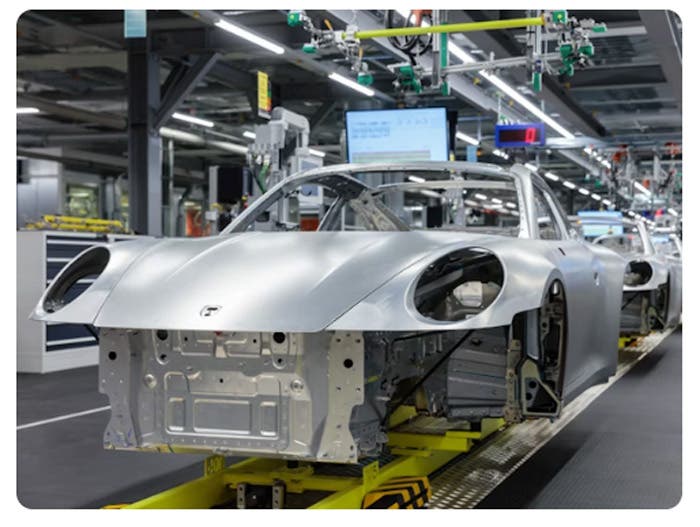Vintage Muscle: the ’57 Thunderbird F-Code
The 1957 Ford F-Code was a formidable bird.
The 1957 Thunderbird was a small car with a powerful engine
when it was outfitted with the F-Code with well over 300 hp.
The 1957 Ford Thunderbird, like all two-seat Thunderbirds, is among the most collectible Thunderbird. And the ’57 Thunderbird equipped with a supercharger as a factory option, heads the list of classic Thunderbirds for not only being the hottest Thunderbird on the road, but also on the auction block.
Engine options increased in 1957 with high-performance, racing and supercharger options. The supercharged version of the 1957 Thunderbird is the rarest. The first 15 production supercharged Thunderbirds were reportedly built in January 1957 to homologate the engine for NASCAR competition.
The very first factory-sponsored supercharged Thunderbirds were actually 1956 models built by Peter DePaolo Engineering in Long Beach, Calif. Several 1957 Thunderbirds were then similarly modified for racing.
A modified, blown ’Bird with a 1/4-inch stroked crank, aerodynamic light body panels and a beefed-up gearbox and rear end beat the Corvettes at the 1957 Daytona Spring Speed Week Trials. It blasted through the two-way Flying Mile on the beach at 138.755 mph. And later that year, at the Bonneville speed trials, the same car topped 160 mph.
On the 1957 T-birds, the code letter of each engine type leads off the serial number. Supercharged cars could be either D or F cars.
The “D” cars came with a 312-cid V-8 with a four-barrel carburetor used with automatic and overdrive transmissions — 90 percent of automatics.
Fifteen D-types were fitted with Paxton-McCulloch superchargers and are popularly referred to as “DFs.” Their serial numbers will be near 30,000.
1957 Thunderbirds with a serial number of “F” featured the 312 cid V-8 with four-barrel carburetor and a Paxton McCulloch VR57 supercharger. A special head reduced compression to 8.5:1. Production of the 196 F engines began in spring. They were available at a factory invoice price of $340. There were three grooves on the crank pulley and the manual transmission cars used two belts for the supercharger. With an automatic transmission, the front groove was larger and drove the super-charger with a single belt.
Supercharged T-birds also boasted reinforced cylinder heads, modified combustion chambers with lower compression ratio and a dual-point distributor developed by Gus Davis of Peter DePaolo Engineering. Certain models also had a hotter camshaft of 290 degrees duration versus the stock unit of 256 degrees.
In order to deliver fuel to the carburetor fuel bowl, the fuel pump itself was modified; the metered combination of blower bleed air and carburetor vacuum pressure was injected into the atmosphere side of the fuel pump to obtain a pump pressure greater than the carburetor pressure. A supercharged Thunderbird couldn’t have gotten its gas without this positive differential.
Horsepower ratings with fine-tuning ranged from 325 to 340.
The “official” total of 211 superchargers in the D and F series is an approximation. Some of the Thunderbirds with an F letter don’t have the blower, special heads or manifolds. Many original owners removed the superchargers because they were noisy and not oil-tight. Also, a Ford dealer in 1957 would probably have been willing to add a supercharger to a D or E 312-cid engine, or remove one from an F-series car if the buyer wanted it.








